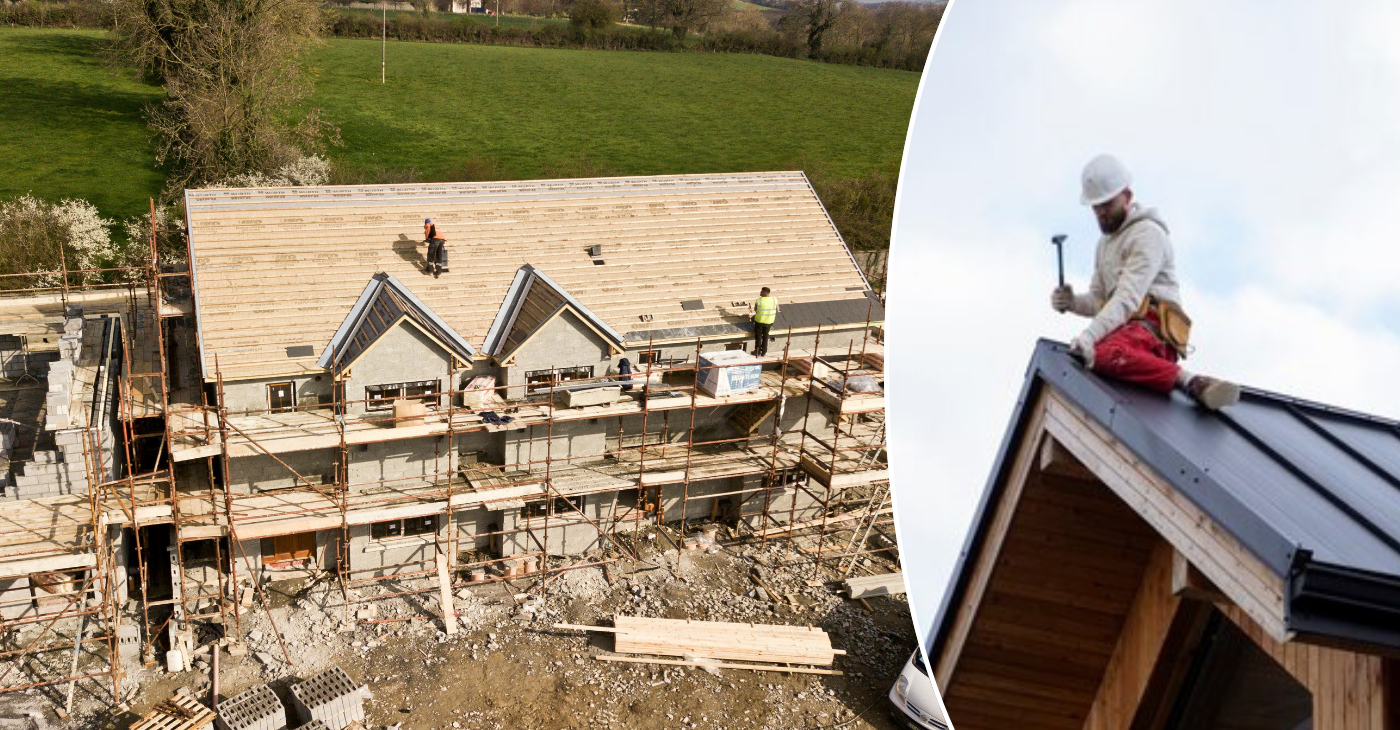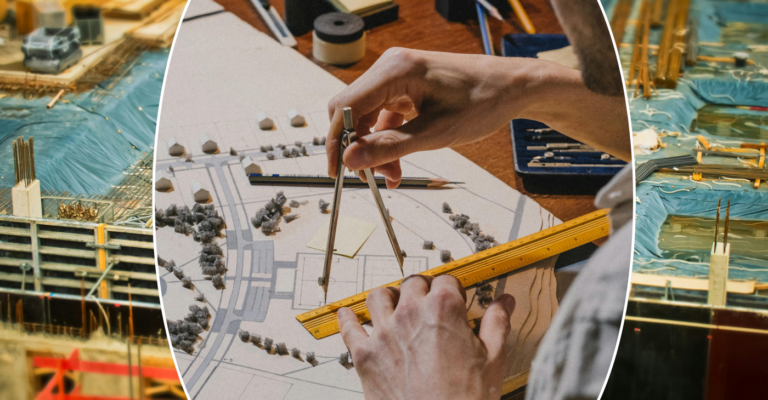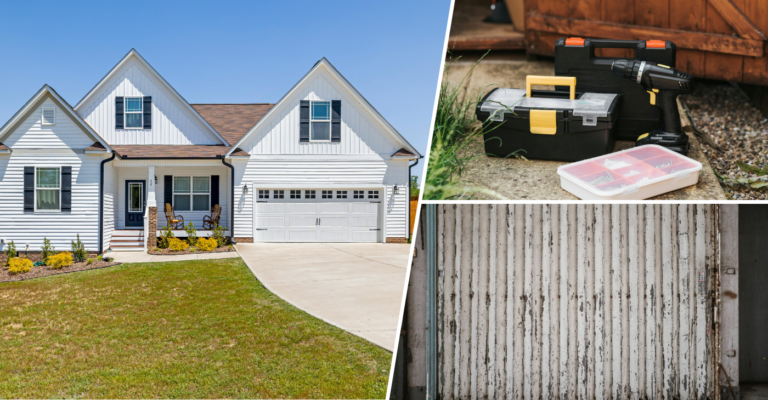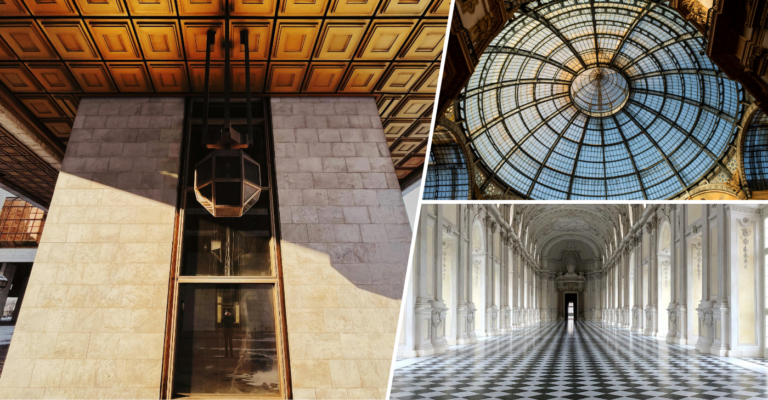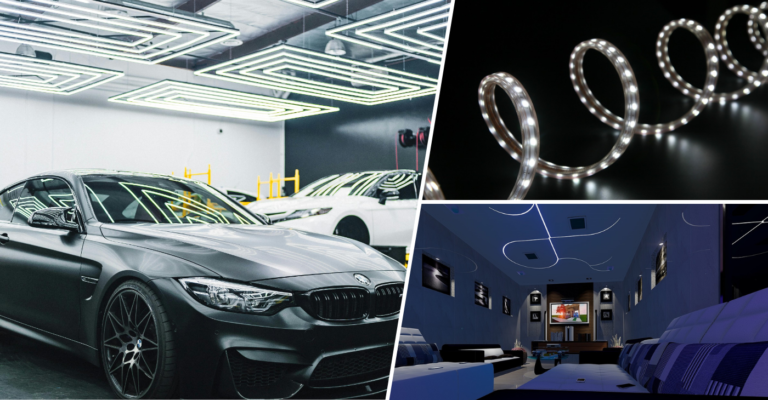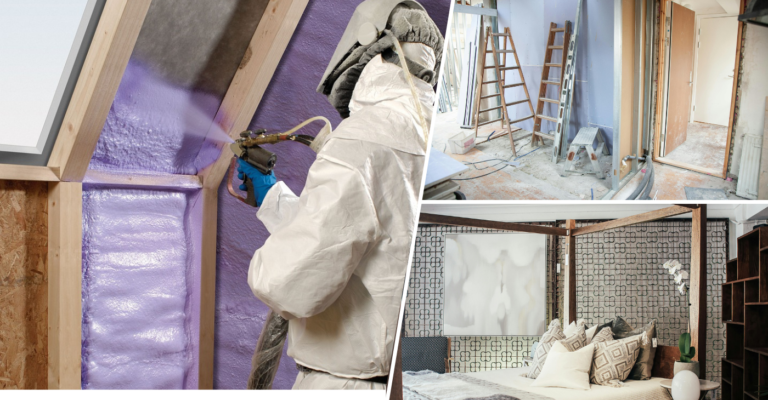Warm roof construction – Why you should upgrade
Warm roof construction is a modern roofing method that improves insulation, saves energy, and increases comfort. By placing insulation above the roof deck, warm roofs create a protective layer that keeps the roof warm and reduces heat loss. This method is different from traditional cold roofs, which leave the roof deck exposed to outside temperatures. Warm roofs help stabilise indoor temperatures, prevent moisture buildup, and lower long-term costs. Whether for new homes or existing buildings, warm roof construction boosts performance, supports sustainability, and enhances appearance. This blog covers the benefits, process, and common myths about warm roofs to help you decide if it’s the right upgrade for your property.
What is warm roof construction?
Warm roof construction is a roofing method that places insulation above the roof deck. This insulation sits under a waterproof membrane. It keeps the entire roof structure warm by placing it within the building’s thermal envelope. This setup stops temperature changes from affecting the roof deck. The design also includes a vapour control layer (VCL) to stop moisture from entering. Flat roof warm deck construction prevent condensation, protect the roof, and improve insulation. It’s a great choice for both homes and commercial buildings.
How does warm roof construction differ from traditional roofing?
Traditional, or “cold,” roofs put insulation between ceiling joists, leaving the roof deck exposed to outside temperatures. This can create cold spots and condensation in winter. In contrast, warm roofs put insulation above the deck. This keeps the whole structure inside the thermal envelope. It helps stabilise temperature and stops heat from escaping. Warm roof construction pitched also include breather membranes to handle moisture. They are both vapour-tight and breathable, which helps the roof last longer.
Key benefits of warm roof construction
Exceptional energy efficiency
Warm roof reduces heat loss through the roof. It stops heat from escaping in winter and keeps buildings cooler in summer. This reduces the need for heating and cooling systems. As a result, energy bills go down, and the building’s carbon footprint is lower.
- Warm roofs cut down the need for constant heating or cooling.
- Less energy use means lower carbon emissions.
Enhanced indoor comfort and temperature control
Warm roofs provide a stable indoor climate. They stop drafts, cold spots, and temperature changes, making interiors more comfortable, even in extreme weather.
- Warm roofs keep indoor temperatures steady all year.
- This setup makes living and working spaces more pleasant.
Moisture and condensation control
Warm roofs reduce condensation. The roof deck stays at a temperature close to the inside space. This stops moisture from building up within the roofing layers. A vapour control layer (VCL) further stops moisture from getting inside. It prevents mould, wood rot, and structural damage.
- Less moisture means less chance of mould and rot.
- Warm roofs protect against moisture damage, extending the roof’s life.
Greater durability and reduced maintenance
Warm roofs last longer than cold roofs. They protect the deck from temperature changes and moisture. This lowers the need for repairs and maintenance over time.
- Longer roof life: Warm roofs last longer due to reduced wear.
- Fewer repairs: The design protects the roof, meaning fewer costly repairs.
Design flexibility and modern look
Warm roofs offer flexibility in design. They allow for flatter roof insulation profiles, which look sleek and modern. This design style fits well with contemporary architecture without losing insulation quality.
- Warm roofs offer a streamlined, modern appearance.
- This roof style works with various architectural styles.
Environmental compatibility and green roof support
Warm roofs support green building practices. They work well with eco-friendly roofing systems like sedum roofs or solar panels. The insulation lowers energy use, which is good for the environment.
- Warm roofs support green options like solar panels.
- Warm roofs can help meet eco-building certifications like LEED.
Compliance with modern building regulations
Warm roofs meet energy-efficiency and thermal standards. By upgrading, property owners can add value to their building. In some cases, they may qualify for energy-related incentives.
- Warm roofs align with modern building regulations.
- Energy-efficient buildings have a higher resale value.
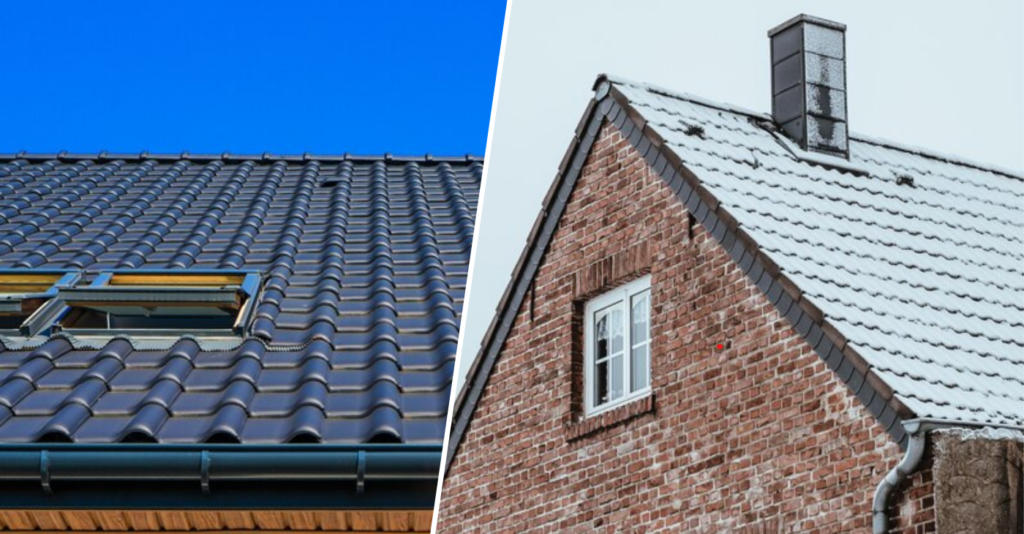
Why warm roof construction improves indoor comfort year-round
Warm roof construction keeps indoor temperatures steady all year. It stops temperature changes that lead to drafts and cold spots. By placing insulation above the roof deck, the entire deck stays within the building’s thermal envelope. This keeps out cold in winter and heat in summer, creating a stable indoor environment. The insulation on top of the roof deck acts as a thermal buffer. It preserves warmth and comfort even during extreme weather. This efficient design makes living spaces cosy in all seasons.
How warm roofs prevent moisture and condensation issues
Warm roof construction helps prevent condensation by keeping the roof deck at a stable temperature. Insulation above the deck stops it from getting too cold, reducing spots where condensation might form. Unlike cold roofs, a warm roof uses a vapour control layer (VCL) to keep moisture out of the roofing system. The VCL blocks water vapour from reaching cold surfaces, which reduces condensation. This prevents mould, wood rot, and other moisture-related damage, making the roof last longer. It also improves indoor air quality by reducing dampness.
Enhanced insulation with warm roof
Warm roof construction uses a continuous layer of insulation, which stops thermal bridging. Thermal bridging is when heat escapes through uninsulated parts of a roof. In a warm roof, the insulation is unbroken, improving thermal performance. It keeps heat inside during winter and blocks heat outside during summer. This gives the roof a high R-value (resistance to heat flow). A breather membrane also allows trapped moisture to escape, keeping insulation effective. This design lowers energy costs and creates a more sustainable building.
Cost consideration and long term savings
While the initial cost of warm roof construction may be higher, the savings over time make it a worthwhile investment. With its superior insulation, a warm roof minimises heat loss, resulting in lower heating and cooling costs. Over time, this reduction in energy bills offsets the upfront expense. Additionally, because warm roofs protect the roof deck from weather-related wear, they require less maintenance and fewer repairs. The extended lifespan of a warm roof system also means you’ll get more years out of your roof, further boosting long-term cost savings.
- The cost of warm roof construction varies by roof size, materials, labor, and local pricing.
- In the UK, warm roof installation on flat roofs ranges from £50 to £100 per square meter.
- This cost includes insulation, vapor control layers, waterproof membranes, and labor.
- Pitched roofs tend to be more expensive due to added complexity and materials.
- Although the initial cost is higher than a cold roof, warm roofs offer energy savings and require less maintenance over time.
- For an accurate estimate, get detailed quotes from local contractors specific to your project.
Thermal efficiency showdown: Warm roof vs. cold roof
Warm roof construction places insulation above the roof deck, just under the waterproof membrane. This approach keeps the entire roof structure within the thermal envelope of the building, which improves energy efficiency and reduces the risk of condensation. In contrast, cold roof construction positions insulation between rafters or ceiling joists, leaving the roof deck exposed to outdoor temperatures. This exposure can cause thermal bridging and may lead to moisture buildup if ventilation isn’t adequate. Warm roofs provide better thermal performance and are commonly used in modern construction, while cold roofs are often simpler to install in the initial building stages.
Why warm roofs are a sustainable choice
Warm roofs contribute significantly to environmental sustainability. By boosting energy efficiency, they reduce a building’s carbon footprint. This makes them an eco-friendly option, particularly for those aiming to meet green building standards. Warm roofs are compatible with green roofing systems like vegetative or sedum roofs, which add greenery and support biodiversity. For environmentally conscious homeowners, a warm roof is a smart choice that aligns with sustainable construction goals.
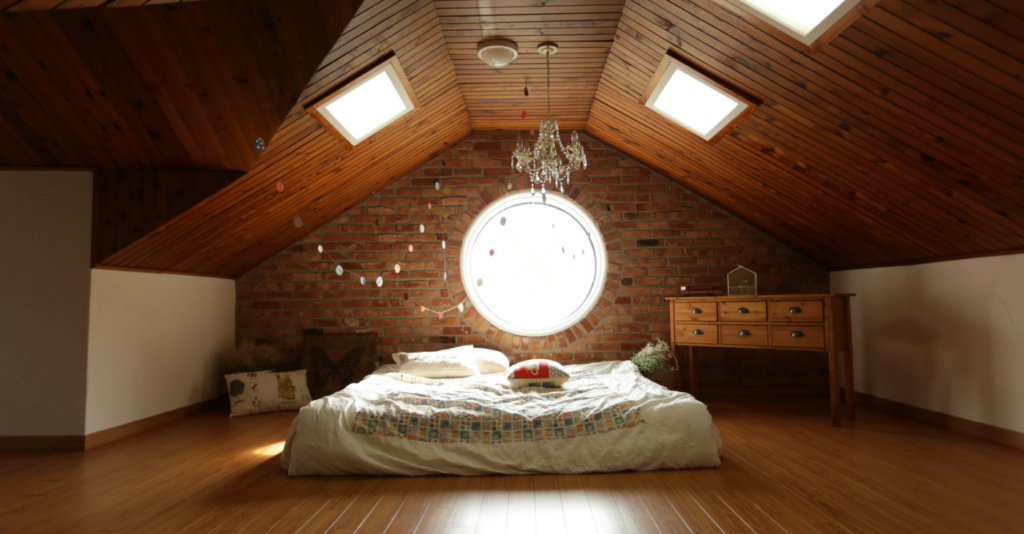
Aesthetic advantages of upgrading to a warm roof
-
Unique design flexibility
Warm roof construction offers flexible design options that traditional roofs do not. It allows for creative roof shapes and layouts while still providing excellent insulation. This versatility makes warm roofs a great choice for residential and commercial properties aiming for an attractive exterior.
-
Sleek, contemporary profile
A warm roof allows for a flatter roof profile, creating a sleek, modern appearance. This low-pitch design aligns perfectly with contemporary architectural styles. The warm roof’s minimalist look adds sophistication and style to any building.
-
Clean lines and minimalist look
Unlike traditional pitched roofs, warm roofs have smooth, uninterrupted lines. This clean, minimalist style is popular in new architecture as it complements both modern and industrial designs. The smooth lines give an uncluttered look, which adds to the overall visual appeal of the building.
-
Enhanced curb appeal and property value
A warm roof upgrade not only improves the look of a property but can also increase its value. With a modern appearance and alignment with today’s architectural trends, a warm flat roof construction boosts curb appeal. This enhanced curb appeal can raise property value, making a warm roof both a visual and financial investment.
How warm roof extends roof life?
Warm roofs are built for durability. By protecting the roof deck from extreme temperatures and moisture, warm pitched roof construction extends the life of the entire roofing system. This minimises the wear and tear associated with traditional roofing methods, reducing the need for repairs. The system’s vapour control layer (VCL) also prevents moisture from seeping into the insulation and structure. Overall, this protection leads to less maintenance, a longer roof lifespan, and lower long-term costs.
Aligning with energy codes through warm roof systems
Warm roof construction meets or often exceeds current building regulations, particularly those related to energy efficiency and thermal performance. These roofs provide the insulation levels that modern codes require, ensuring compliance with standards. This also means enhanced property value, as energy-efficient homes are often more attractive in the real estate market. By upgrading to a warm pitched roof construction details building regulations, homeowners ensure their property meets or exceeds regulatory expectations.
Common misconceptions about warm roof
- Many people believe warm roofs are only suitable for new buildings.
- It is often thought that warm roofs are too expensive to add to existing structures.
- In reality, warm roof systems can be installed on both new and existing buildings.
- Retrofitting an existing roof with a warm roof system is possible and brings benefits.
- A warm roof retrofit can significantly improve energy savings and durability.
- While the initial cost may be higher, long-term savings frequently offset this investment.
- Warm roofs are adaptable, practical, and valuable for a wide range of structures.
Is warm roof construction right for your home?
Warm roof construction isn’t one-size-fits-all. The decision to install a warm roof should consider factors like local climate, roof slope, and budget. Homes in colder climates benefit most from a warm roof’s insulation. Additionally, flatter roofs are well-suited to this type of system. Consulting with a roofing professional is essential to assess your home’s specific needs. They can advise on insulation materials, waterproofing options, and whether a warm roof will maximise energy efficiency for your building.
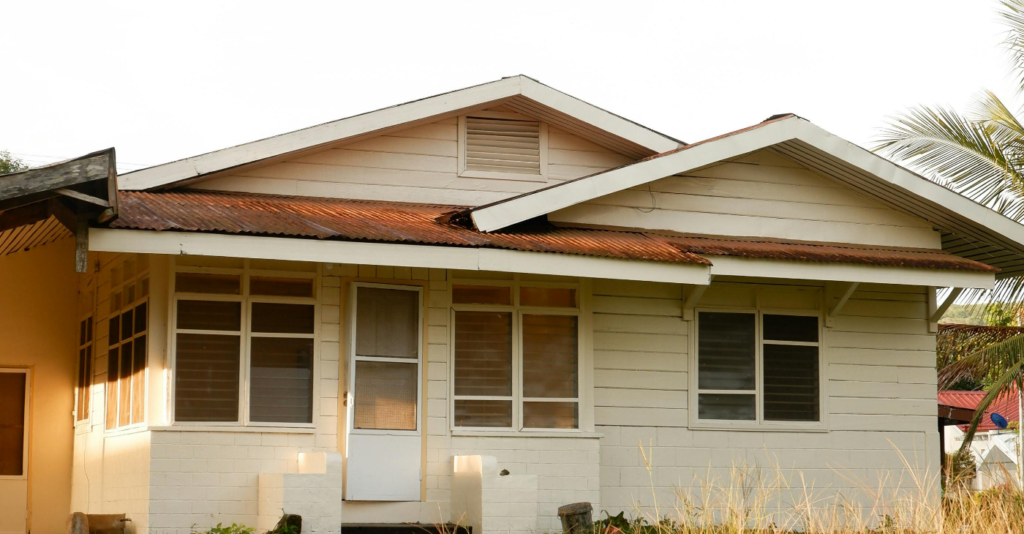
Why you should upgrade to a warm roof system
- Assess the existing roof to check compatibility with a warm roof system.
- Select high-quality insulation materials that offer strong thermal resistance.
- Install a vapour control layer (VCL) below the insulation to prevent moisture buildup.
- Apply a waterproof membrane to protect the entire roofing system.
- Professional installation is recommended to ensure optimal performance and compliance with standards.
- This process guarantees an efficient, durable, and long-lasting warm roof system.
Funding options for warm roof construction in the UK
Yes, the UK offers several grants to support energy-efficient improvements, including warm roof construction. These grants help with insulation, lower energy use, and reduce bills.
1. Great British insulation scheme
Great British insulation scheme provides funding for insulation, including warm roof construction. It targets homeowners and tenants with EPC ratings of D to G. Eligibility depends on income and property type. Contact your local authority to check eligibility.
2. Home upgrade grant (HUG)
The HUG program supports insulation upgrades for homes off the gas grid. It’s aimed at low-income households in energy-inefficient homes. Check with your energy supplier for eligibility.
3. Warm homes: Local grant
Starting in 2025, this grant will fund energy upgrades and low-carbon heating for low-income households in England with EPC ratings D to G. Reach out to local authorities for information.
4. Boiler upgrade scheme
This scheme offers grants for low-carbon heating systems, which work well alongside warm roof insulation. Eligibility information can be found through local resources.
How to apply
Contact your local authority or energy supplier to apply and confirm your eligibility. They can help you find the most suitable grant for your warm roof construction project. By using these grants, you can improve energy efficiency, lower utility bills, and support environmental sustainability.
Conclusion
Upgrading to a warm roof offers many advantages. Warm roofs save energy, protect the environment, and add durability and style to any building. Although the initial cost may be higher, lower energy bills, reduced maintenance, and increased property value make it a smart investment. Warm roofs meet energy standards, ensuring your property is compliant and future-ready. With options for both new builds and retrofits, warm roofs can suit many building types, making them a valuable choice. A professional can help you explore how a warm roof can provide year-round comfort and sustainability. Read more about conservatory roof replacement grant.

